In a behind-the-scenes video withVogue,the reality TV starrevealed just how strenuous wearing the tightly laced corset was.
“Okay, so Anna, if I don’t sit down for dinner, now you know why.
Kardashian isn’t the first to bring the pinched look back.
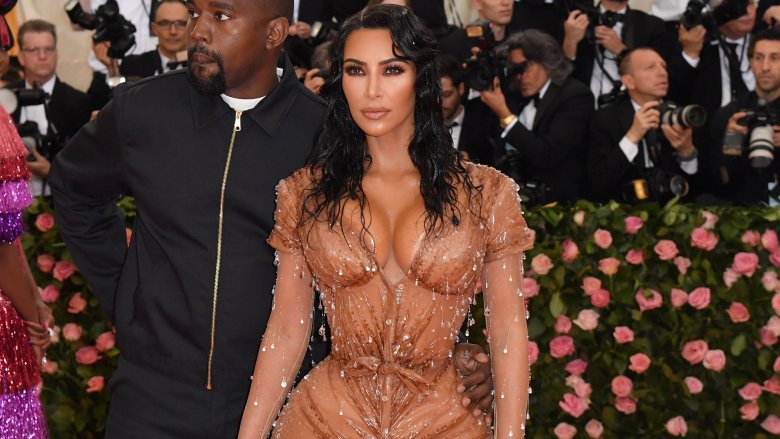
The corset has seen quite therevivalover the years, but not many people know the truth about its past.
Here is the complicated history of the corset.
Ancient origins
The first instance of what we might consider a corset actually appeared in Crete.
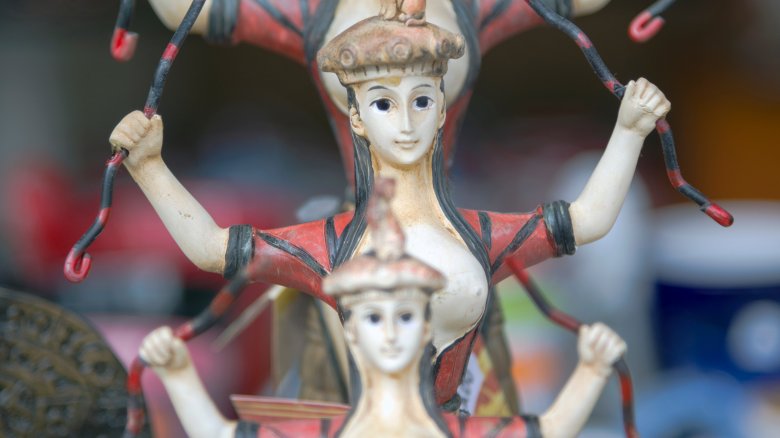
TheSnake Goddess sculpturethat was found in a palace in Knossos dates back to circa 1600 B.C.E.
Above the goddess' aprons is a tight band of cloth that appears to hold up her bare breasts.
However, the make and utility of theapodesmosis incredibly similar to that of a corset.
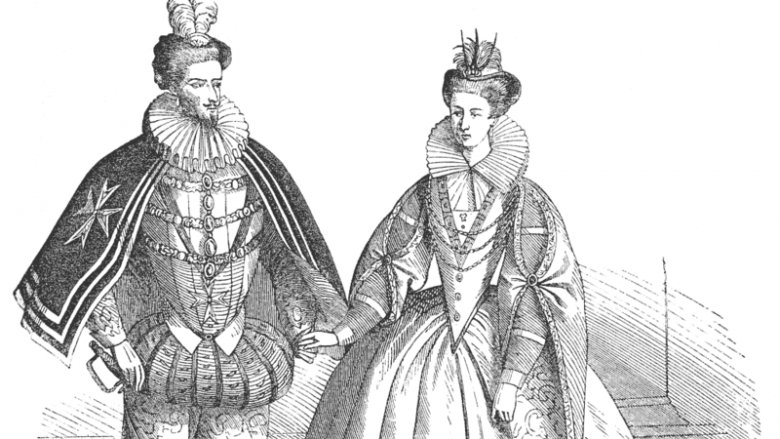
Rome itself would have women using astrophiumto bind breasts and shape a woman’s body to the slender ideal.
Centuries of development in undergarments would eventually bring us to the more familiar corset of the 16th century.
It wasn’t even an undergarment yet.
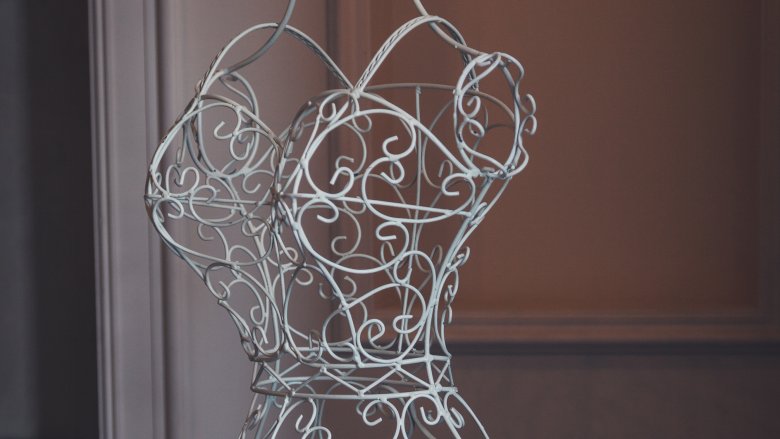
In any case, these pieces were stiff, but they were still simply just cloth and paste.
The piece was a close-fitting bodice that accentuated a narrow waist, sort of like Spanx.
We’d have to wait some time longer before stronger material was used.
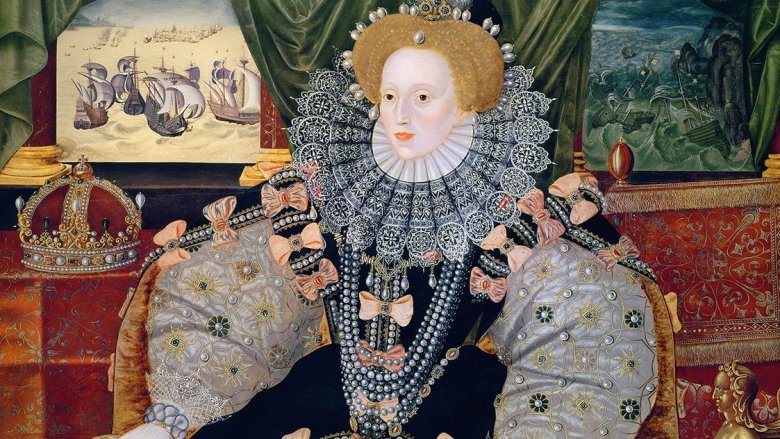
But, well, it’s a complete fabrication.
Steele also noted that there’s been no proof that these metals corsets were donned as stays.
So why has this myth persisted?
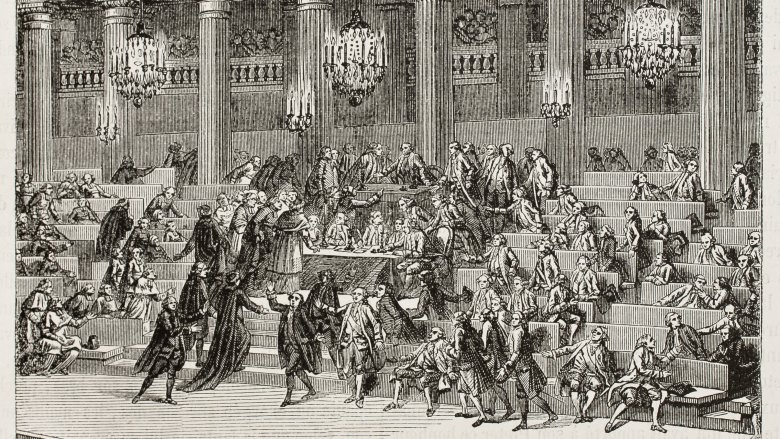
Steele explains that the metal corset has suffered many accounts of modern forgery, much like themedieval chastity belt.
When she wasn’t leveragingthree civil wars, de' Medici was greatly influencing France’s culture.
This would continue to thrive during Queen Elizabeth I’s reign, with the addition of her iconic ruff.
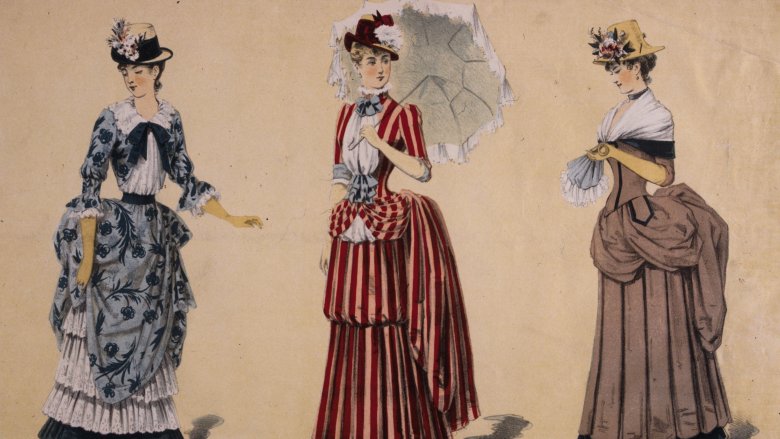
This is perhaps when what Dr. Denis Bruna calls the “cultural body” began to manifest.
It’s primarily characterized by the ideals of religious tolerance, skepticism about blind faith, and liberty.
It should come as no surprise then that these very ideals were the bedrock of the French Revolution.
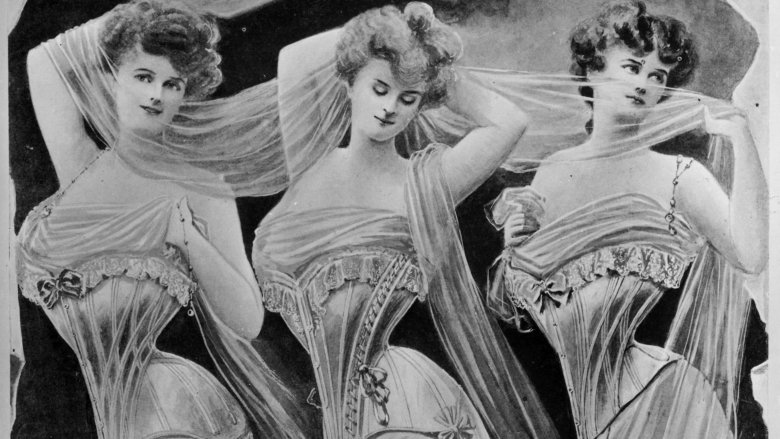
The Societe proclaimed that clothing should be practical and should not exemplify status or restrict movement.
The corset did exactly both of those things and was thus considered a faux pas.
It’s an idea that would be repeated over and over again.
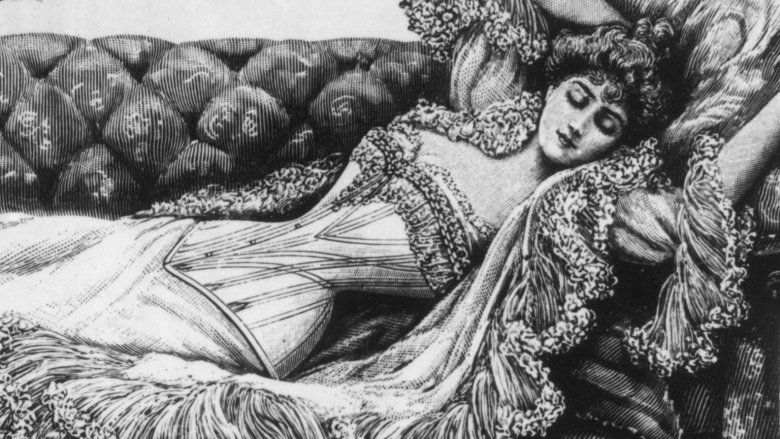
From here on out, the,ahem, girls were set front and center.
Corsets in this brief period were shorter and more closelyresembled modern brasthan previous corsets.
Eventually, the waistlines dropped back down again, but the focus on breasts remained.
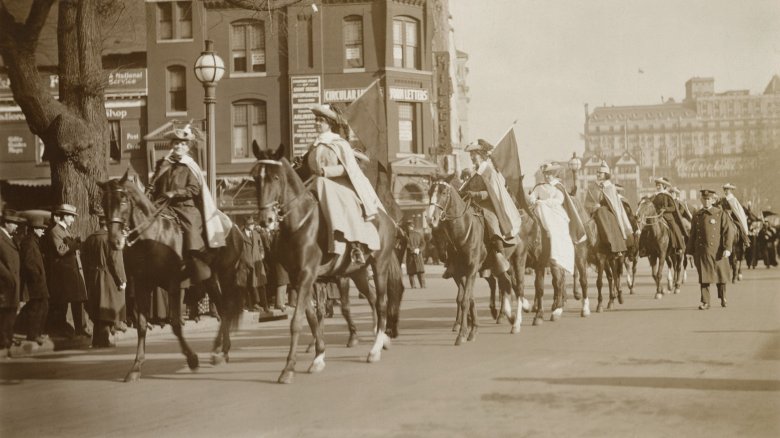
Thus, thehourglass figurearrived in corsetry.
The hourglass shape became the controversial sticking point of corsets.
Countless doctors at the time warned of the dangers of tight-lacing and encouraged women to give it up.
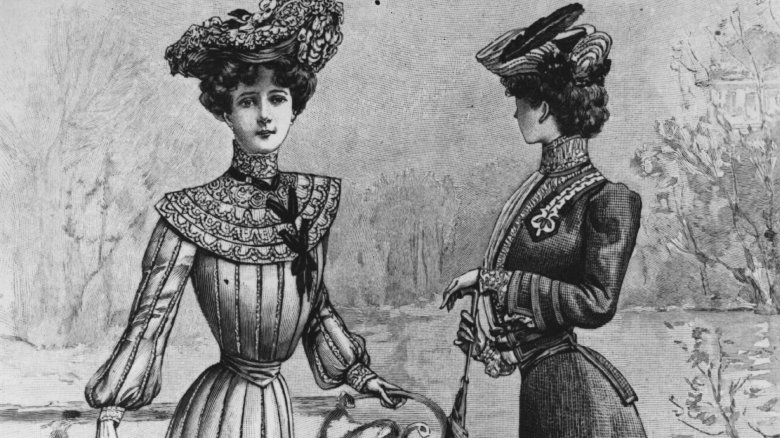
Interestingly enough, some women were outraged at this.
The jury’s out on this woman’s medical authority.
Catering to the male gaze?
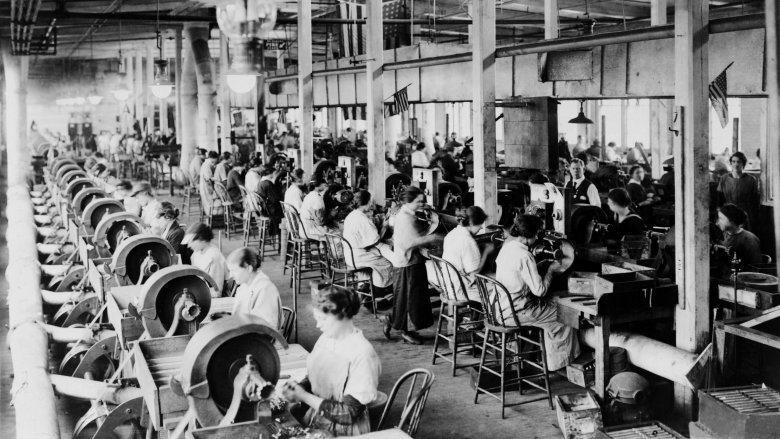
However, based on the evidence, men apparentlyhatedcorsets.
Steele explained, “Women wore the corset because it made them feel attractive and properly dressed.”
The phenomena is interestingly similar to the currentcontroversyof makeup.
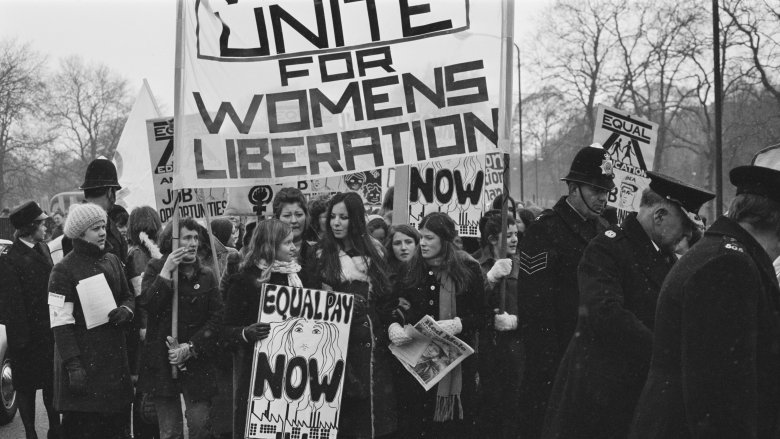
Nevertheless, Steele was quick to point out that women wore corsets to obtain the ideal shape, i.e.
youthful and sexually desirable.
But now women get on a StairMaster or get plastic surgery instead of putting on a corset.”

It’s difficult to say where a woman’s wants end and a patriarchal demand begins.
According to Steele’s research, corsets were blamed for causing hysteria and cancer.
Still, that’s not to say the corset was healthy.
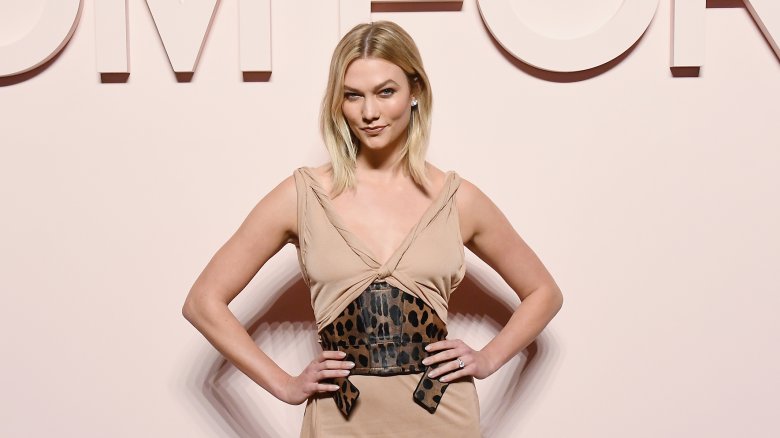
It did move organs around and could causeconstipation and indigestion.
Plus, it caused obvious issues for any pregnant woman trying to wear one.
Underwear reform
The women’s suffrage movement began in the 1800s for both theUnited StatesandBritain.
Women were reevaluating their place in society and within this large movement began theVictorian dress reform.
The dress reform movement focused on practicality and comfort in women’s clothing.
Naturally, the corset was a hot-button topic.
American feminist author Elizabeth Stuart Phelps Wardurged womento, “Burn up the corsets!
Women were even starting to have the gall to weartrousers!
The race to create sensible underwear was on.
Was the age of the corset over?
For instance, Dr. Ines Gaches-Sarraute shared her new corset design.
Steele explained toCollector’s Weeklythat this corset’s awkward shape put a lot of strain on the spine.
Still, it was popular for a time.
The corset had undergone a major reform and still survived.
But something was coming that would remove the corset as a staple of women’s undergarments.
Supposedly, the ban resulted in 28,000 pounds of extra steel, enough to build two battleships.
This ban was exceptionally fortuitous for Caresse Crosby, who had patented thefirst U.S. brain 1914.
Corsets would still be manufactured, but they were not nearly as popular as they had once been.
The public had simply moved on.
This was long after the corset was being used by the average woman in her everyday life.
Perhaps one of the most iconic moments of the WLM is the “bra-burning feminist.”
This refers to the Miss America protests of 1968, as noted by theBBC.
Interestingly enough, no burning actually took place.
Whether that portrayal is fair is up for debate.
Modern revival
Despite the ups and downs the corset has faced, it’s back in fashion.
Not everyone feels that way, though.
Nikkii Adams, a psychologist, is a modern corset-wearer, and she is not afraid to admit it.
“I love my corset,” she toldNPR.
“And I was led to my corset; it was like divine intervention.”
Adams wears her corset to feel good about herself and to fit a shape she wants.
However, is that shape not influenced by a patriarchal standard ofbeauty?
No one can really say.
That’s exactly what’s happening with the corset.
Despite the feminism concerns, people are looking to reclaim the corset for womankind.
Corset belts and shirts with lacing are more the name of the game now.
Hopefully, it’ll be used for good in the days ahead.